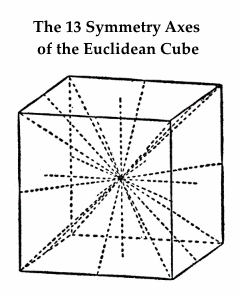(Continued from 12 AM Sept. 4)
|
New York Times Sept. 6, 2018 Identity — whatever that even means — has been having a moment, lately. The political climate forces us all to decide grimly what bunker will welcome us, and the new culture wars spur people to define themselves before somebody else does it for them to possibly violent effect. Identity may be abstract and elusive, but that doesn’t mean it doesn’t have real-world consequences. So our recommended titles this week turn a spotlight on the subject, from Francis Fukuyama’s “Identity” to Kwame Anthony Appiah’s “The Lies That Bind” to two books about identity politics on college campuses: “The Splintering of the American Mind,” by William Egginton, and “The Coddling of the American Mind,” by Greg Lukianoff and Jonathan Haidt. (Those similar titles are no coincidence: Both books hark back to Allan Bloom’s classic “The Closing of the American Mind.”) We also have a book about the Spanish man who for decades falsely claimed to be a Holocaust survivor, and a joint biography of the mother and daughter who gave their names to the Myers-Briggs personality test. In other realms, there’s a biography of the tennis legend Arthur Ashe; new fiction from Gary Shteyngart, Ben Marcus and Tsitsi Dangarembga; and an essay collection about the role of the “dead girl” in popular culture, which posits that — in that case, anyway — the absence of identity is the whole point.
Gregory Cowles |
See also Identity + Paz in this journal.










 .
.






